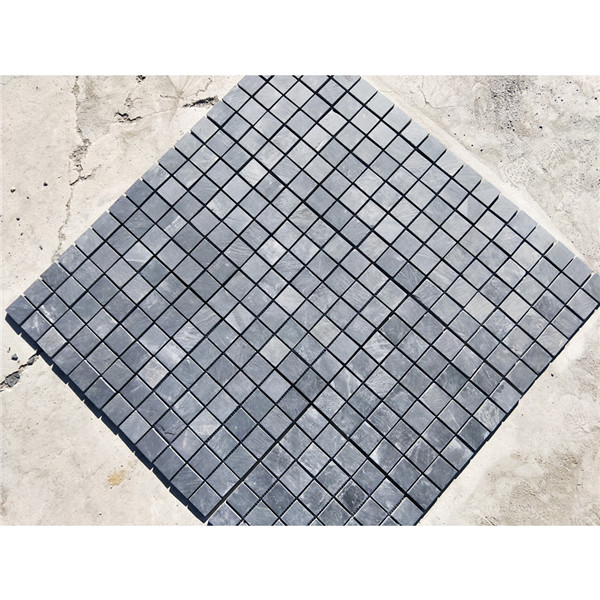Introduction
Cultured marble and cultured granite are popular choices for homeowners looking to enhance the aesthetics of their bathrooms or kitchen countertops. These materials offer a cost-effective alternative to natural stone options while providing a high-quality finish that mimics the look of marble or granite. In this article, we will explore the key differences between cultured marble and cultured granite, including their composition, durability, maintenance requirements, and aesthetic appeal.
Composition and Manufacturing Process
Cultured marble is a blend of crushed marble stone and a resin binder, which is then poured into molds to create various shapes and sizes of countertops, sinks, and other surfaces. The resin binder helps to hold the crushed marble particles together, resulting in a smooth and polished finish that closely resembles natural marble.
On the other hand, cultured granite is made from a mixture of crushed granite stone and resin, which is also molded into different shapes and sizes. The use of crushed granite gives cultured granite a unique speckled appearance that closely resembles natural granite, making it a popular choice for homeowners looking to achieve a luxurious and sophisticated look in their space.

Durability and Longevity
When it comes to durability, both cultured marble and cultured granite are engineered to be strong and long-lasting materials. Cultured marble is known for its resistance to scratches, stains, and chipping, making it a practical choice for high-traffic areas such as bathrooms and kitchens. However, it is important to note that cultured marble can be prone to cracking if exposed to extreme heat or impact.
Cultured granite, on the other hand, is slightly more durable than cultured marble due to the use of crushed granite stone in its composition. Granite is a naturally hard and durable material, which translates to increased resistance to scratches, stains, and chipping. This makes cultured granite a preferred choice for homeowners seeking a countertop material that can withstand the demands of daily use.
Maintenance and Care
Both cultured marble and cultured granite require minimal maintenance to keep them looking their best. To clean cultured marble surfaces, it is recommended to use a mild soap and water solution or a non-abrasive cleaner to remove any dirt or grime. Avoid using harsh chemicals or abrasive cleaners, as these can damage the surface of the material over time.
Cultured granite surfaces can be cleaned in a similar manner to cultured marble, using a mild soap and water solution or a non-abrasive cleaner. However, due to the speckled appearance of cultured granite, it may be more forgiving in terms of hiding dirt and stains compared to the smooth surface of cultured marble.
In terms of long-term care, both cultured marble and cultured granite should be sealed periodically to protect the surface from stains and moisture penetration. Sealing the surfaces will help maintain their luster and extend their lifespan, ensuring that they remain looking as good as new for years to come.
Aesthetic Appeal
One of the key reasons why homeowners choose cultured marble or cultured granite is their aesthetic appeal. Cultured marble offers a classic and elegant look that is reminiscent of natural marble, with its smooth and polished finish. The veining patterns and color variations in cultured marble closely mimic the beauty of natural stone, making it a popular choice for those seeking a luxurious and sophisticated look in their space.
Cultured granite, on the other hand, provides a more contemporary and bold aesthetic due to its speckled appearance and unique color variations. The use of crushed granite stone gives cultured granite a distinctive look that is both eye-catching and versatile, allowing homeowners to create a modern and stylish design in their home.
Cost Considerations
When it comes to cost, both cultured marble and cultured granite offer a more affordable alternative to natural stone options such as marble or granite. Cultured marble is generally the more budget-friendly option of the two, making it an attractive choice for homeowners looking to achieve the look of marble without the high price tag.
Cultured granite, while slightly more expensive than cultured marble, still offers a cost-effective solution for those seeking the beauty and durability of granite countertops without breaking the bank. The overall cost of cultured granite will depend on factors such as the size of the project, the complexity of the design, and the quality of the materials used.
Conclusion
In conclusion, both cultured marble and cultured granite are excellent choices for homeowners looking to enhance the aesthetics of their spaces with high-quality and durable countertop materials. While each material has its own unique characteristics and benefits, the decision between cultured marble and cultured granite ultimately comes down to personal preference, budget considerations, and the desired aesthetic for the space.
Whether Roofing slate for commercial buildings opt for the classic elegance of cultured marble or the modern sophistication of cultured granite, both materials offer a cost-effective and attractive solution for creating stunning countertops that will stand the test of time. By understanding the key differences between cultured marble and cultured granite, you can make an informed decision that best suits your needs and design preferences.
